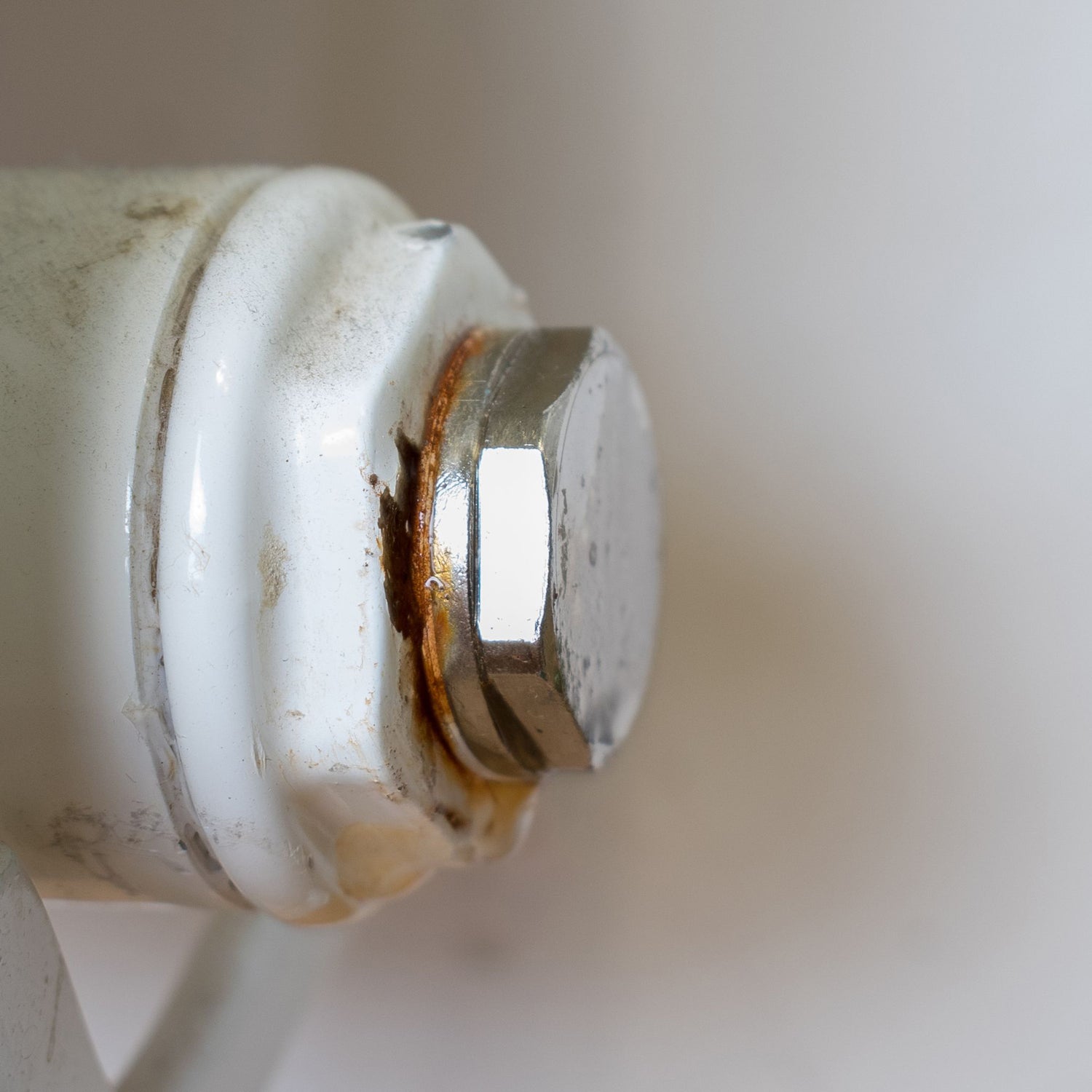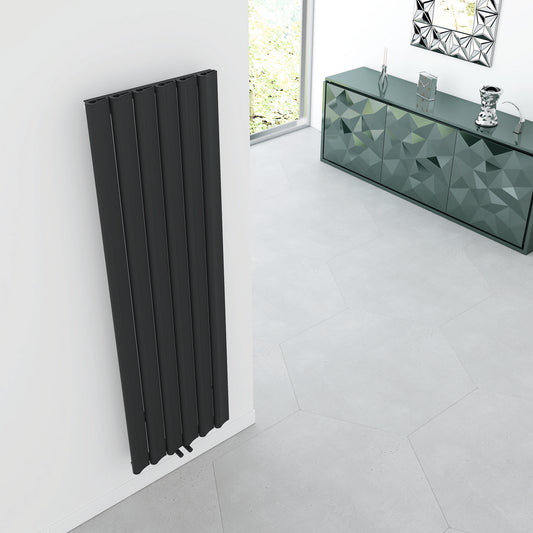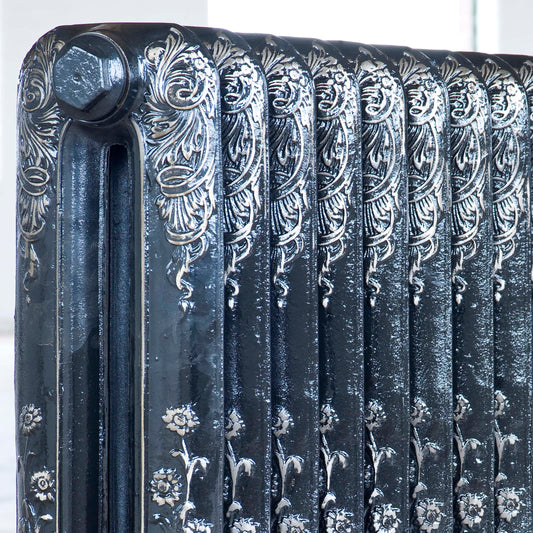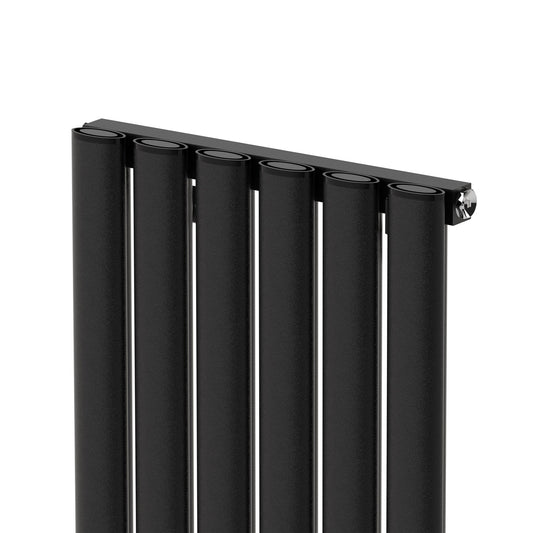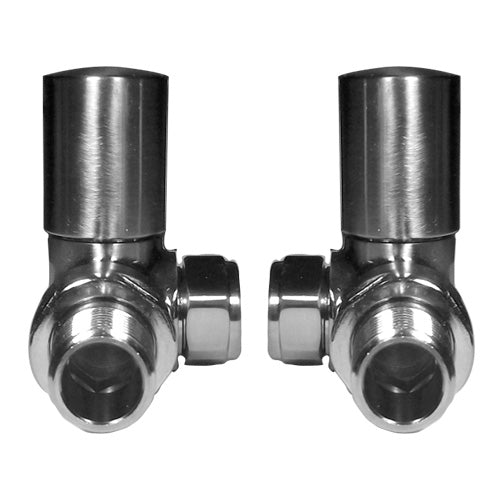The Radiator Shop Guide on How to Replace a Radiator Bleed Valve
A faulty radiator bleed valve can lead to heating system problems, such as air getting trapped in the radiator, causing it to heat up unevenly or not at all. This blog post will provide a step-by-step guide on how to replace a radiator bleed valve and we'll address three frequently asked questions to assist you in maintaining an efficient heating system.
Step-by-Step Guide to Replacing a Radiator Bleed Valve
1. Gather the necessary tools and materials, such as a new bleed valve, adjustable wrench, plumber's tape, and a container to catch any water.
2. Turn off your heating system and let the radiator cool down.
3. Place a container underneath the bleed valve to catch any water that may be released during the replacement process.
4. Using an adjustable wrench, carefully unscrew the faulty bleed valve in a counter clockwise direction. Be cautious not to apply too much pressure, as this may cause damage to the radiator.
5. Wrap a small amount of plumber's tape around the threads of the new bleed valve. This will help to create a watertight seal when it is installed.
6. Insert the new bleed valve into the opening on the radiator, ensuring it is properly aligned with the threads.
7. Using the adjustable wrench, gently screw the bleed valve in a clockwise direction until it is securely in place. Be careful not to overtighten, as this can cause damage to the radiator or the valve.
8. Turn on your heating system and let the radiator warm up. Once the radiator is warm, carefully bleed it by opening the bleed valve with a radiator key or flathead screwdriver. This will release any trapped air and ensure the radiator heats up evenly.
9. Check for any leaks around the new bleed valve. If no leaks are present, your replacement was successful.
Frequently Asked Questions
1. How do I know if my radiator bleed valve needs to be replaced?
A radiator bleed valve may need to be replaced if it is damaged or leaking. Signs that your bleed valve is not working correctly include difficulty releasing air when bleeding the radiator, water continuously dripping from the valve even when it's closed, or the valve not closing properly after use.
2. Can I replace the bleed valve without draining the entire radiator?
Yes, you can replace the bleed valve without draining the entire radiator. When you remove the old valve, only a small amount of water should be released. Make sure to have a container ready to catch any water that may escape.
3. Is it safe to replace a radiator bleed valve on my own?
Replacing a radiator bleed valve is a relatively simple DIY task that most homeowners can safely perform. However, if you are unsure or uncomfortable with the process, it's always best to consult your local plumber.
